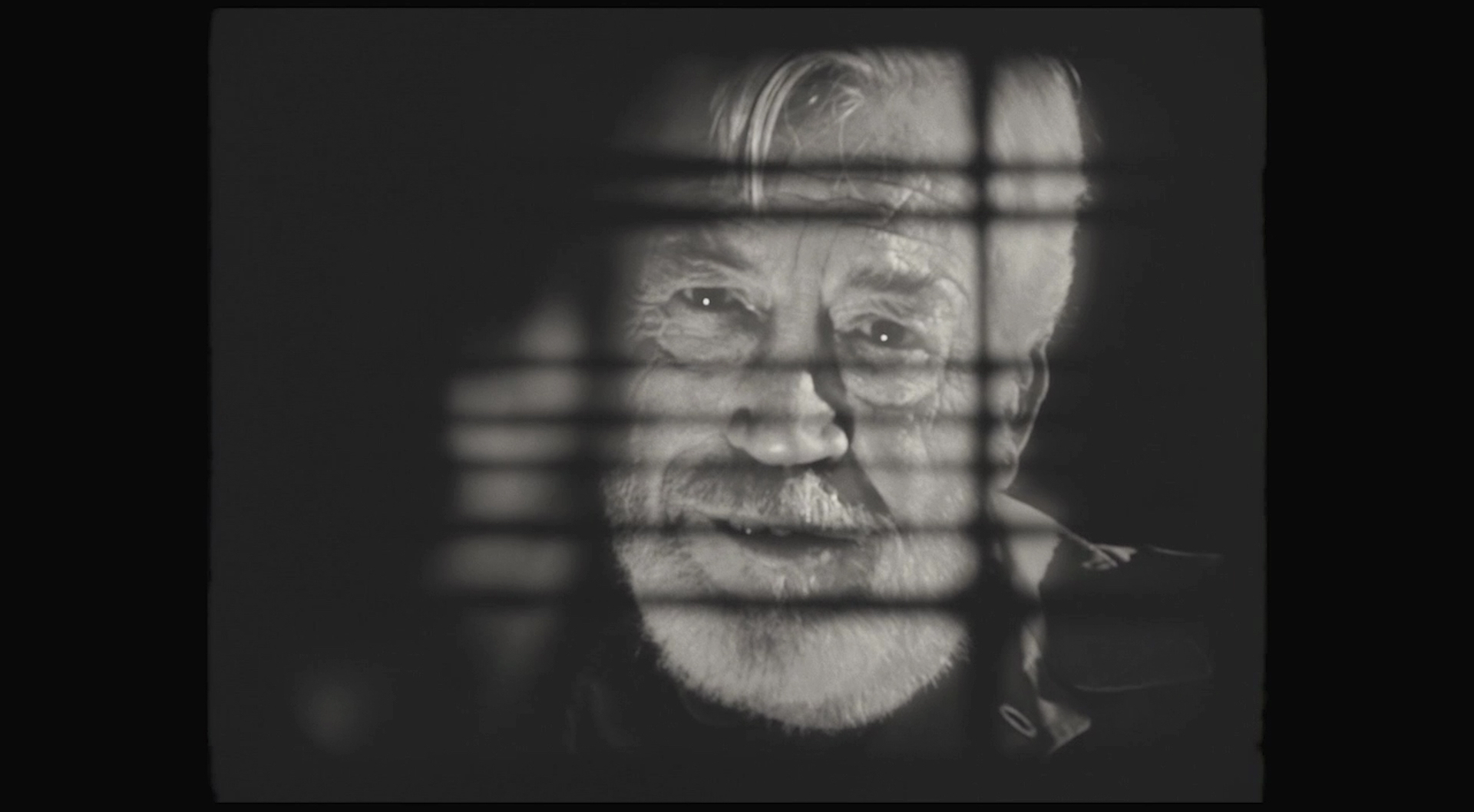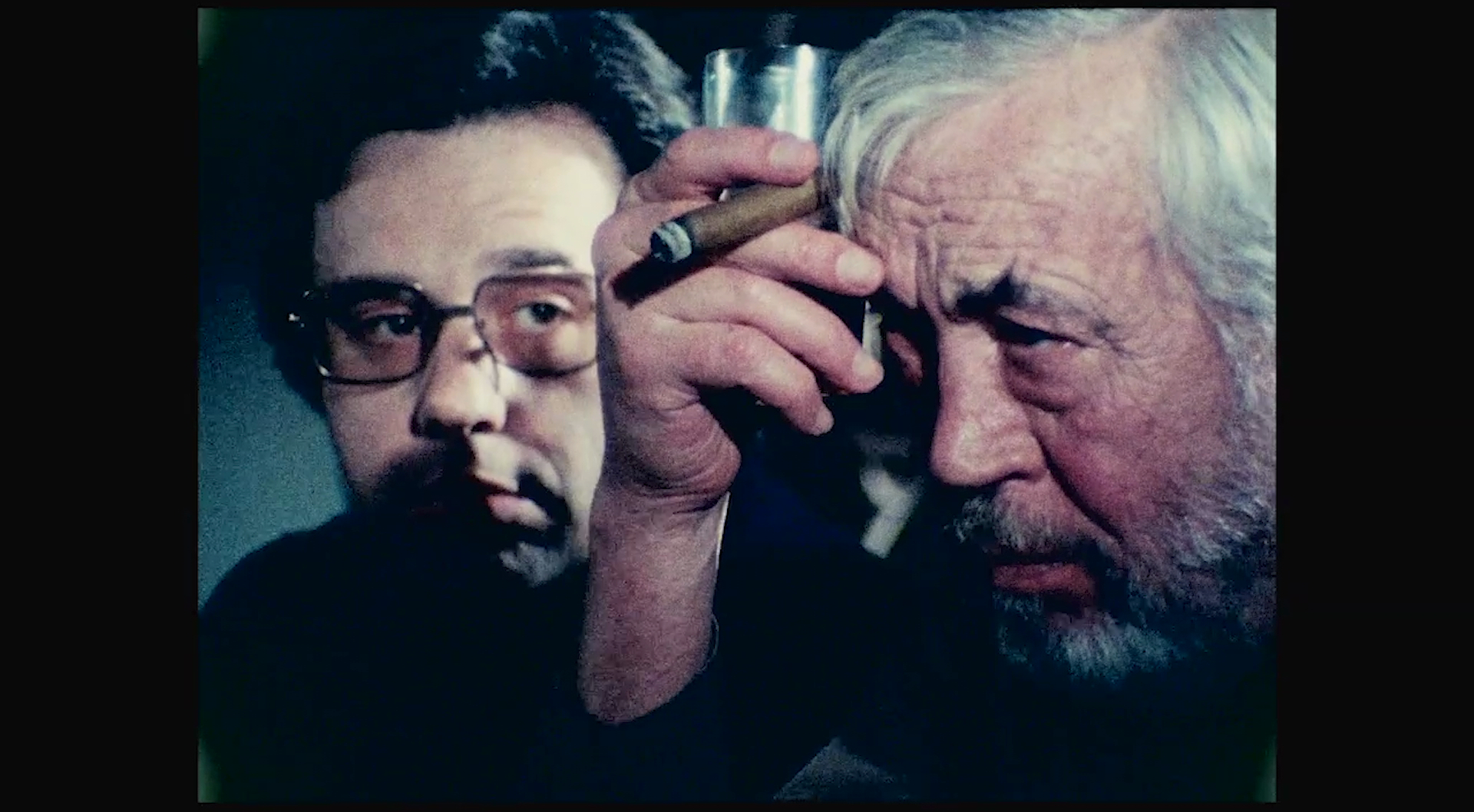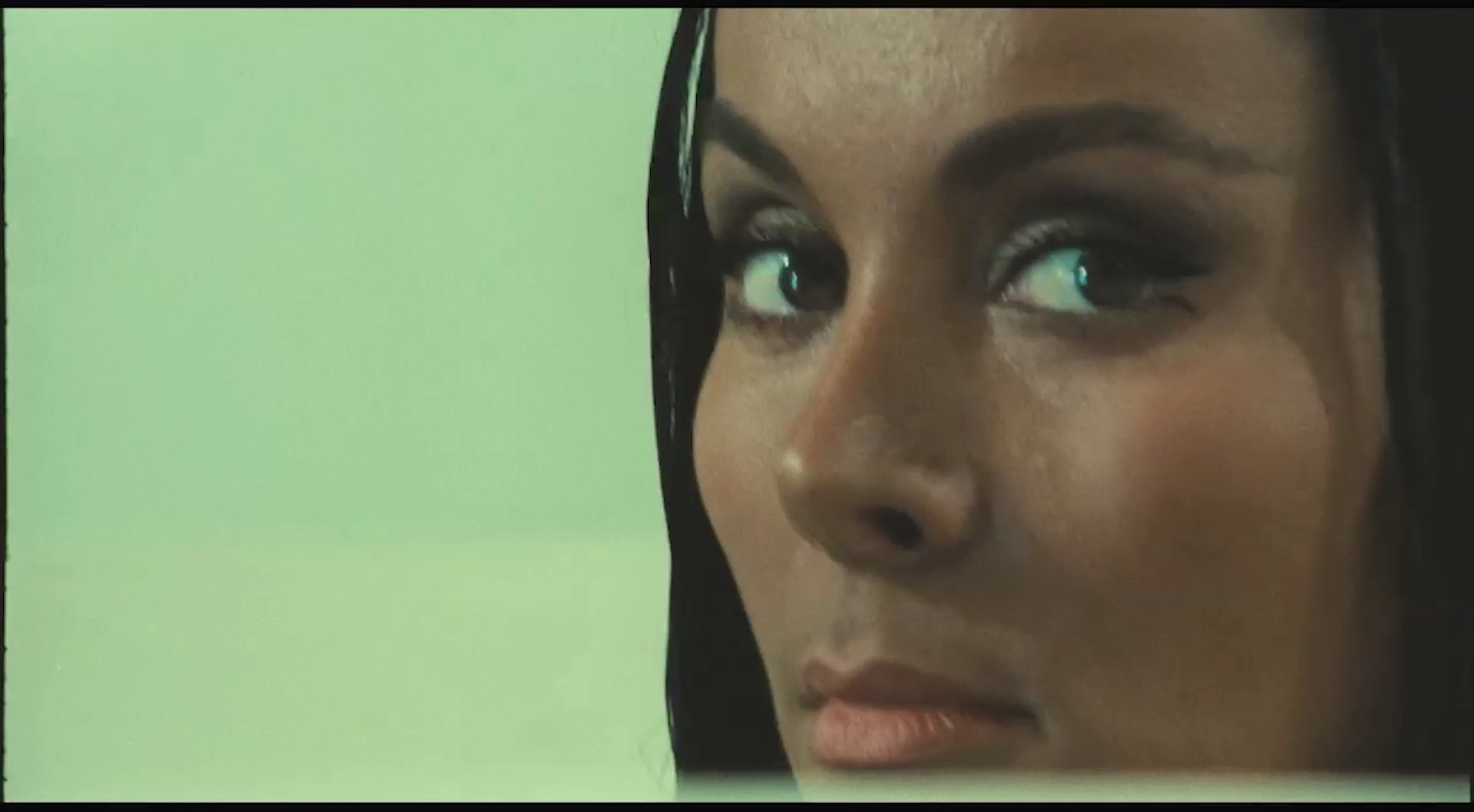
That an enigmatic Orson Welles movie that began filming in 1970, continued production through 1976 due to financial issues, had a 40-year editing gap and is only now, finally being released is a mess should surprise no one.
Oh, but what a glorious, oddly compelling mess The Other Side of the Wind is.
Within the final cut’s two hours and two minutes, you will see Welles lampooning Hollywood, the Swinging Sixties (which, of course, spilled over into the “Me” decade) and, most of all, an overindulgent former wunderkind filmmaker by the name of George Orson Welles.
The Other Side of the Wind story structure immediately brings to mind Citizen Kane, from which the hobbyist magician also borrows some camera tricks. Welles’ dizzying framing of characters in shadows and reflections not only harkens to his most acclaimed masterpiece but also The Stranger (let alone the works of filmmakers he obviously influenced: Paging Steven Spielberg!).
In Kane, the audience was tasked with getting inside the head of a multi-millionaire media mogul. In Wind, it’s a past-his-prime director that could have just as easily been played by Welles himself, but instead we get a real-life equal, John Huston. He’s J.J. “Jake” Hannaford, who returns to Hollywood after years in self-exile in Europe to complete work on a comeback movie that attempts to tap into the free-loving, hippie-dippy atmosphere of the day so as to interest a new generation of filmgoers and keep up with a new generation of filmmakers.

The 1970s were among Hollywood’s golden ages, after all, something that Welles obviously recognized as he set about skewering it with a dramedy long before anyone called dramedies dramedies. Thus, besides being a display of the maestro magician’s craft, The Other Side of the Wind serves as a time capsule from an era that has been hop-scotched over by several subsequent eras. (Sadly.)
The audience’s main points of focus are Huston, whose Hannaford spends the picture “celebrating” his birthday and filling his last day among the living—and no, a spoiler alert was not necessary—and his protégé Brooks Otterlake, who is played by Welles’ real-life protégé Peter Bogdanovich.
Hannaford wants his party to be “on the record,” so all manner of filmmakers and photographers with different types of cameras are free to roam around and shoot anything and everything at the master’s sprawling estate in the hills. It’s actually a clever way to explain the different types of film stocks, filler scenes and “scene missing” cards that were patched together to finally complete The Other Side of the Wind.
With his bellowing delivery, long face and twinkling eyes, Huston delivers a performance much like others he has given when he has chosen to stand in front of the camera. Bogdanovich has also demonstrated solid acting chops elsewhere but in The Other Side of the Wind he is a revelation. I don’t know how much was improvised and how much was on the page, but Bogdanovich is so natural and believable in his supporting role that it’s award-worthy at best and award-consideration-worthy at worst.
Hannaford and Otterlake have studios as their bogeymen, but Welles’ picture mostly veers away from the suits to wallow in the mud with the fixers, publicists and hangers on who have inhabited Hollywood since the flickers. To fill these roles, Welles used veteran actor/directors, including Edmund O’Brien, Cameron Mitchell and Paul Stewart, and each shine as Hannaford pisses on them.
They are just some of the familiar faces who pop up in mostly small parts and cameos, as do Rich Little, Georgie Jessel, Gregory Sierra, Dennis Hopper, Henry Jaglom, Paul Mazursky and the Mercury Theater’s own Mercedes McCambridge. Newport Beach Elementary School, Horace Ensign Junior High and Newport Harbor High School graduate Peter Jason appears in a bit part before the camera, and he served as a boom operator, prop man and on-set cook behind it.

The Other Side of the Wind is also the title of Hannaford’s picture within this picture, and it stars the mostly silent Robert Random and Oja Kodar, who was Welles’ partner during his later years (as well as his writing partner on this project). While the audience gets to see these two shapely young people naked, it is Lilli Palmer who the camera really drinks up, much as it did another veteran German actress (Marlene Dietrich) in Welles’ Touch of Evil. Palmer and Dietrich’s characters represent the conscious of each film.
Of course, there would be no film had Bogdanovich, Kodar, Welles’ daughter Beatrice and Jason’s fellow Harbor High alum-turned-big shot Hollywood producer Frank Marshall not worked together to pluck The Other Side of the Wind reels out of their tomb, a.k.a. a vault in Paris. The Newport Beach Film Festival joined the team for a crowdsourcing campaign to raise money to complete the film, which relied on meticulous notes Welles left behind as well as the editing talents of Oscar-winning editor Bob Murawski (The Hurt Locker) and Oscar-winning composer Michel Legrand (The Umbrellas of Cherbourg).
Filip Jan Rymsza and Marshall, who was a wet-behind-his-ears production manager during the initial shooting of The Other Side of the Wind, are listed as the producers. Netflix is simultaneously releasing the making of documentary They’ll Love Me When I’m Dead: The True Story of the Last Film from Orson Welles by Oscar winner Morgan Neville (20 Feet from Stardom).
The Other Side of the Wind was directed by Orson Welles; written by Oja Kodar and Welles; and stars John Huston, Peter Bogdonavich, Susan Strasberg and Kodar. Now streaming on Netflix and playing in select theaters.

OC Weekly Editor-in-Chief Matt Coker has been engaging, enraging and entertaining readers of newspapers, magazines and websites for decades. He spent the first 13 years of his career in journalism at daily newspapers before “graduating” to OC Weekly in 1995 as the alternative newsweekly’s first calendar editor.


CBD exceeded my expectations in every way thanks https://www.cornbreadhemp.com/collections/full-spectrum-cbd-oil . I’ve struggled with insomnia for years, and after demanding CBD pro the first time, I finally trained a full nightfall of relaxing sleep. It was like a arrange had been lifted off the mark my shoulders. The calming effects were indulgent yet scholarly, allowing me to inclination free logically without feeling confused the next morning. I also noticed a reduction in my daytime anxiety, which was an unexpected but welcome bonus. The taste was a flash earthy, but nothing intolerable. Blanket, CBD has been a game-changer inasmuch as my sleep and uneasiness issues, and I’m thankful to procure discovered its benefits.